Across Britain, bizarre fruits have appeared – thanks to the freezing snows and blast-furnace heat of 2018
Britain's brutally-cold winter followed by a scorchingly hot summer have caused all manner of wonders to appear in our gardens, even months after the weather has returned to normal. Steven Desmond explains how it's happened.
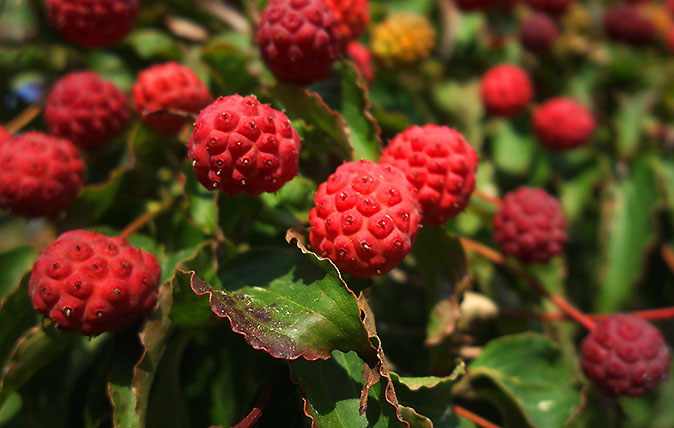
One of the eternal mysteries of gardening is the fact that every year has its different character. Climate is one thing, but weather is another. This summer was surely one we will never forget, when many of us were obliged to keep out of the garden in the middle of the day, only emerging in the morning and evening, as if we lived in the Tropics.
Two months of unbroken warm, dry, sunny weather were bound to generate some unusual effects in the garden, and so it has proved. This was brought home to me when I was judging a village show in early August. The expected poor show of root crops was more than compensated for, in my view, by the novel appearance on the bench of superb displays of figs and aubergines.
'If we get another scorcher next year, look out for even greater fruiting fireworks, because the effect of properly ripened wood and ideal conditions over two years is always spectacular'
The last time I saw a good display of the latter in a private garden was on my father’s fence in about 1972, alongside the passion fruit and grenadines. That was in rural Zambia, so something dramatic was happening in Hampshire, and surely elsewhere in Britain.
If exotic edible fruits were flourishing this year, I reasoned, it seems likely that ornamental shrubs that seldom set seed in this country might do so, perhaps for the first time since the fabled summers of 1975 and 1976.
Certainly, the hebes are covered in what look like ripe seeds and I was interested to see that little black bunches of apparently mature seed decorated the shoot tips of the ceanothus that hangs over a neighbour’s garden wall. I say ‘decorated’, but, in truth, they were barely perceptible except to a plant bore like myself.
I immediately began to picture the interesting seedlings that might crop up in gravel drives and paving joints next spring. There are treats in store for the sharp-eyed.
For those in search of some real visual drama, visit your nearest specimen of Cornus kousa. Everyone admires this thing of beauty in flower, but, this year, it has excelled itself as an ornamental fruiter – as you'll see from the picture at the top of this page.
Sign up for the Country Life Newsletter
Exquisite houses, the beauty of Nature, and how to get the most from your life, straight to your inbox.
It’s a big shrub, one of those that thinks it might become a tree one day, and one I saw recently was completely covered from head to foot in red seedheads, like globular raspberries. Hillier’s Manual says strawberries – you decide. It’s the most magnificent sight and, if you live within reach of one, do pay it a visit soon. It might not do it again for 40 years.
Another startler to look out for is any magnolia nearby. These seldom fruit much in Britain, but anyone who’s seen the fabulously grotesque scarlet growths that cover magnolias in autumn in Southern Europe will thrill to their appearance this year in this country. Be careful with your hoe next year, as your shrub might have spawned prize progeny.
Both these genera come from China, where winters are cold and summers hot, so, at last, they have had a taste here of the sort of weather they prefer.
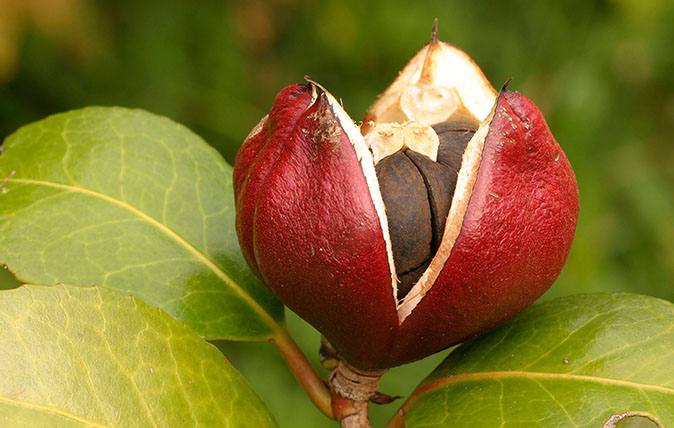
Not all fruits are so spectacular, of course, but some are always a source of comment. The little apple-like growths on camellias sometimes cause despondency among their owners, who fear some grim disease. This year, these fruits have ripened properly and split open to reveal ripe seeds. It sometimes happens in a dry, warm summer like ours that seeds appear outwardly ripe, but fail because of lack of water to fill them out – fortunately, the rain came just in time to save the day.
Other sun-worshippers that have enjoyed this year include Koelreuteria paniculata, the yellow-flowered Indian tree that quite enjoys living in England, but seldom as much as this year. Its branches are presently laden with puffy, brown seed packets. It would also be worth inspecting eucryphias and enkianthus for ripe seed, which I’ve certainly seen recently.
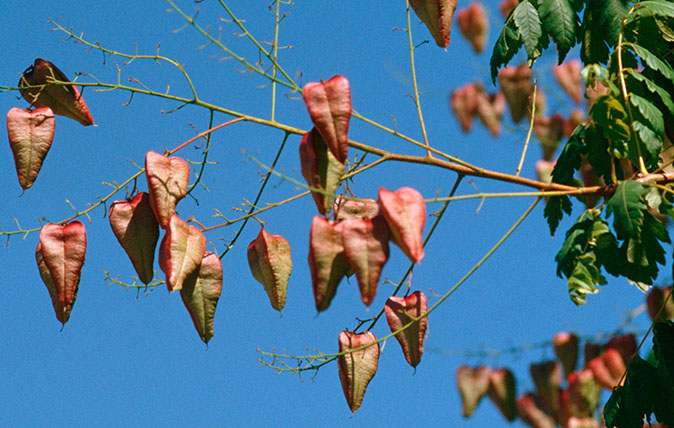
Nobody knows whether the summer of 2018 will be repeated soon or whether it was one of those phenomena that stick in the public memory forever, like the winter of 1947. If we do get another scorcher next year, look out for even greater fruiting fireworks, because the effect of properly ripened wood and ideal conditions over two years is always spectacular.
On the other hand, we’ll probably get back to the staccato changeability of our familiar bands of showers alternating with sunny intervals.
That would suit me just fine. It is, after all, the kind of weather that’s made us a nation of gardeners.
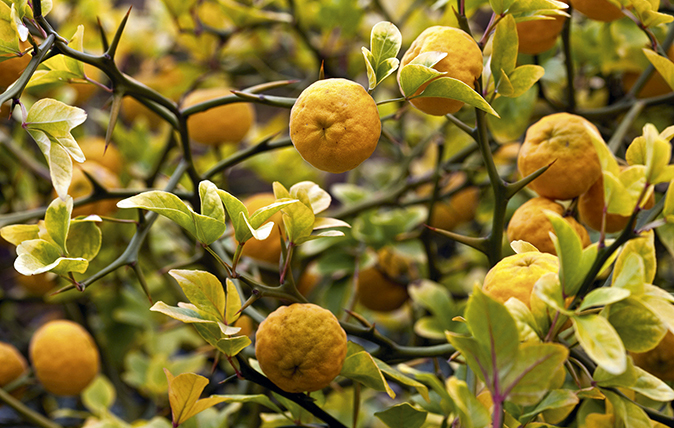
How to grow plants that you really shouldn't be able to grow in England
Take a chance on surprising survivors advises Steven Desmond.
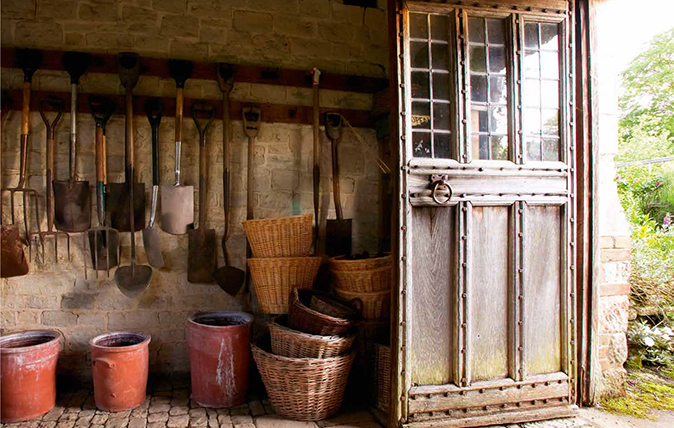
Credit: Claire TAKACS/Alamy
The 10 tools no gardener should be without – and which ones to buy
Steven Desmond on the garden tools we all need, and how to choose ones which will last you a lifetime.
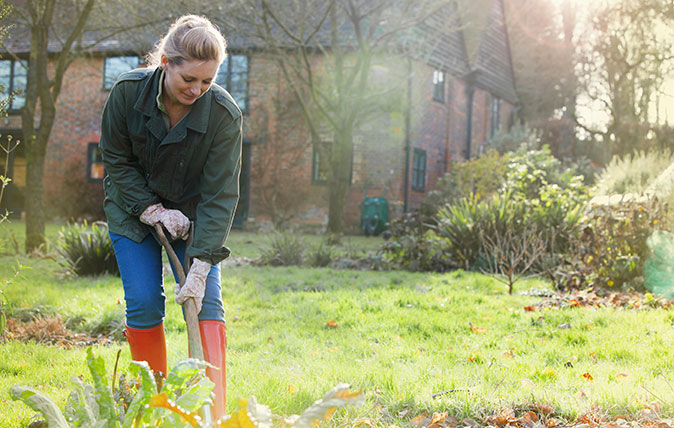
Credit: ableimages / Alamy Stock Photo
Six gardening jobs to do right now which will pay off in the summer
Steven Desmond describes six rejuvenating tasks that will make a huge difference once the weather picks up.
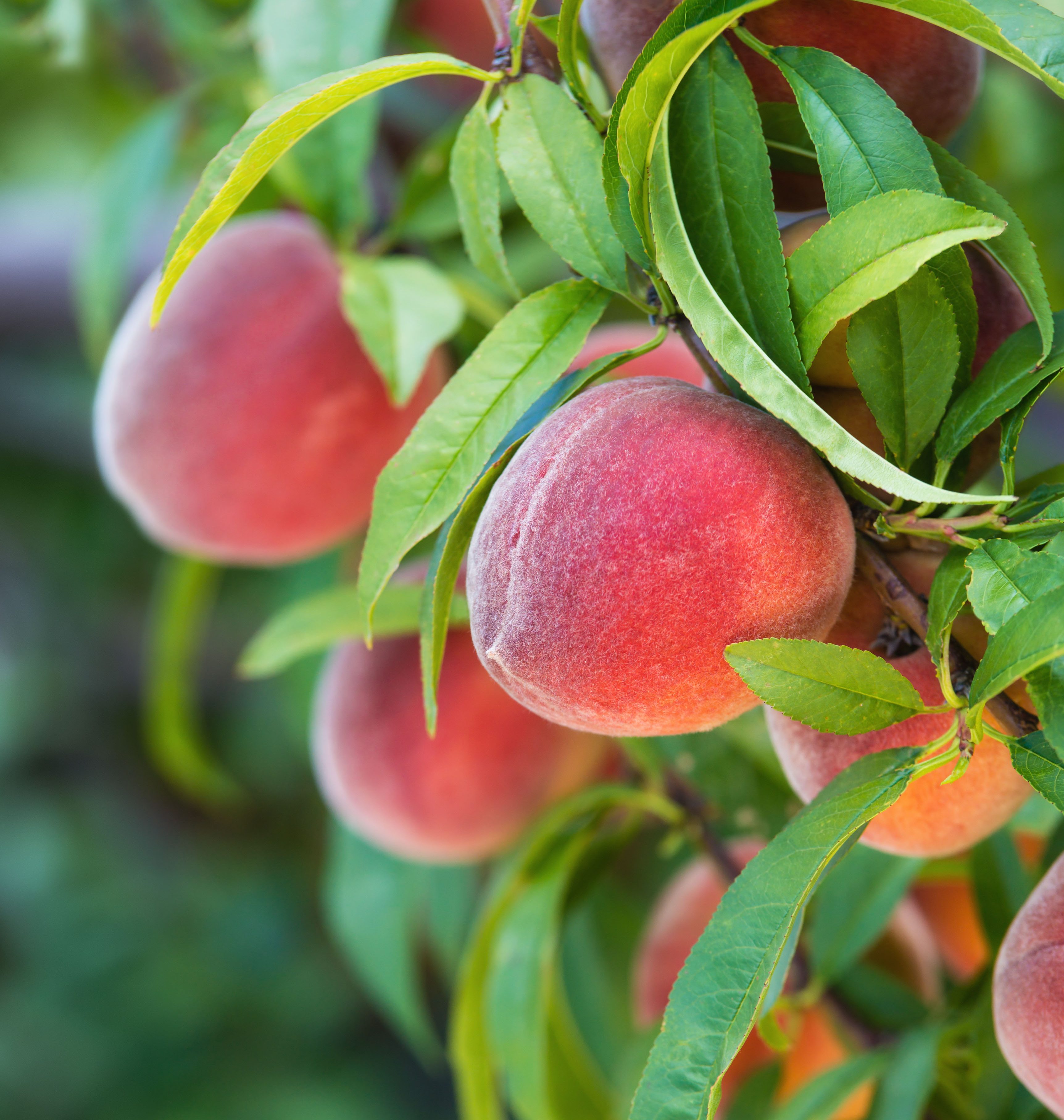
Credit: Leena Robinson / Alamy
How to grow your own peaches: Five steps to peachy perfection
Steven Desmond explains how you can produce these delicious, luxurious fruits on your own soil.
-
 About time: The fastest and slowest moving housing markets revealed
About time: The fastest and slowest moving housing markets revealedNew research by Zoopla has shown where it's easy to sell and where it will take quite a while to find a buyer.
By Annabel Dixon
-
 Betty is the first dog to scale all of Scotland’s hundreds of mountains and hills
Betty is the first dog to scale all of Scotland’s hundreds of mountains and hillsFewer than 100 people have ever completed Betty's ‘full house’ of Scottish summits — and she was fuelled by more than 800 hard boiled eggs.
By Annunciata Elwes